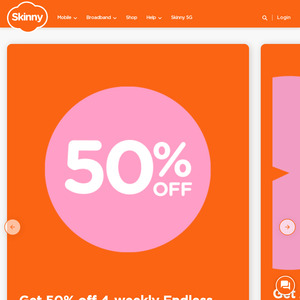I was reading this article https://www.nzherald.co.nz/business/nzs-biggest-data-hogs-re…
and when I was reading this part "Specifically, a new monthly fibre plan would offer download speed of just 40Mbps and upload speed of just 10Mbps - or barely faster than VDSL, the fastest form of copper line - for a wholesale price of $39 per month (as long as retailers pledge to see it for no more than $63)."
I remember seeing this earlier as a competitor to fixed wireless but I just realised.
I was thinking if skinny's base 100/20 > 300/100 is 6 months free, it would be $39 per month ($78/2). Since this is a higher version it will definitely be more than the wholesale price of $39. These costs paid by skinny to chorus should be fixed, and would be higher than $39 per month, yet they sell it to us for $39 per month. I can't imagine even with the customers who stay behind, how they are able to make a profit, as it seems to me they lose money for every person that leaves in a year. I am a bit confused, does anyone know the wholesale price of the other plans?

The answer is: probably they don't make money on those new customers in the first 12 months. But if they can attract enough customers and retain them past 12 months they will ultimately be in the black.
I also suspect that their game plan is to offer all these customers a fixed wireless plan after 12 months for less than $78 if they sign in for another 12 months. Fixed wireless is good for ISPs as they cut out Chorus clipping the ticket so margins are higher. Also, the cost of delivering the service can be subsidised by the mobile plans they offer. With 5G rolling out they are gearing up to deliver huge amounts of bandwidth over wireless in urban areas.
I suspect Chorus is in panic mode right about now as they no longer hold the monopoly on last-mile high speed internet connections.